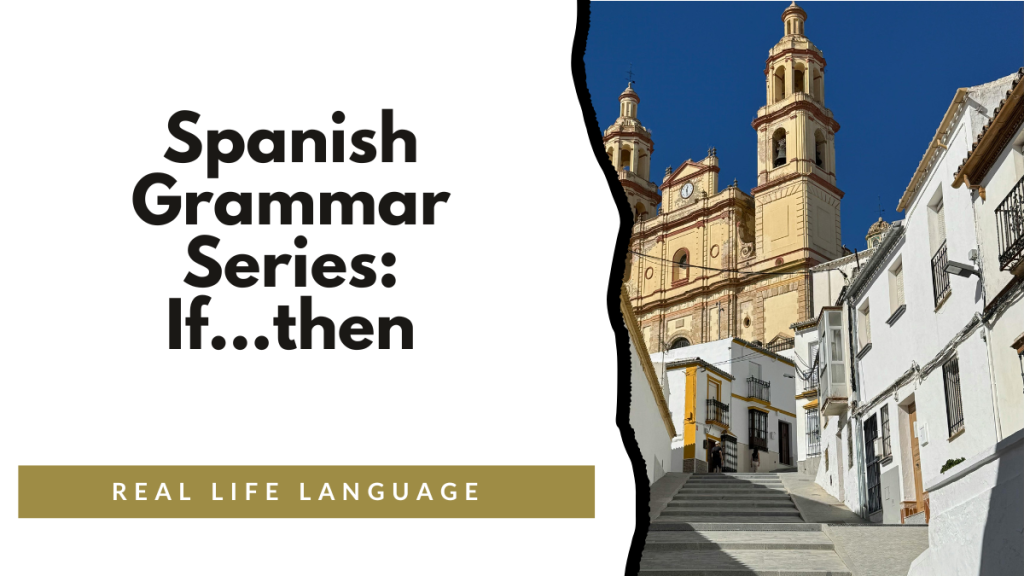Understanding Gender in Spanish
In Spanish, every noun has a grammatical gender — masculine or feminine. This category is not always related to biological gender; rather, it is a structural feature of the language. A noun’s gender affects the form of many other words in the sentence, including articles, adjectives, and some pronouns.
In Spanish, every noun has a gender — either masculine or feminine. This grammatical category affects how other words (articles, adjectives, etc.) are used with the noun.
1. What Is Grammatical Gender?
Gender in Spanish is a way of classifying nouns. It doesn’t always relate to biological gender — it’s simply a grammatical system.
- El libro (the book) → masculine
- La mesa (the table) → feminine
2. Common Patterns
Masculine: typically end in -o
- el chico, el zapato, el gato
Also often end in -ma, -r, -l (el problema, el color, el papel)
Feminine: typically end in -a
- la chica, la casa, la gata
Also often end in -ción, -sión, -dad, -tad, -umbre - la canción, la televisión, la libertad, la costumbre
3. Articles and Agreement
| English | Masculine | Feminine |
| the | el | la |
| a/an | un | una |
Adjectives also match gender:
- el chico alto / la chica alta
4. Exceptions
- el día (masculine)
- la mano (feminine)
- el mapa (masculine)
5. People and Animals
Gender often matches biological sex:
- el profesor / la profesora
- el amigo / la amiga
Building Proficiency for World Language Learners: 100+ High-Interest Activities
Discover over 100 dynamic activities to make world language learning interactive and fun. I wrote this book with some of my favorite activities for educators aiming to build proficiency with high-impact strategies.
Learn more and get your copy here.
5 Weeks of No and Low Prep Fun
Need quick, engaging activities for your class? This free guide includes 25 no-prep and low-prep ideas to save time while keeping students excited about learning.
Download your free copy now.
100s of videos to learn Spanish:

